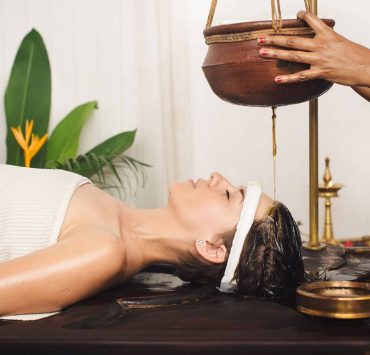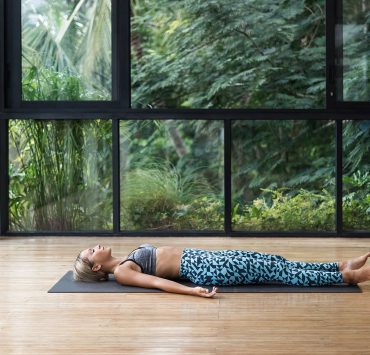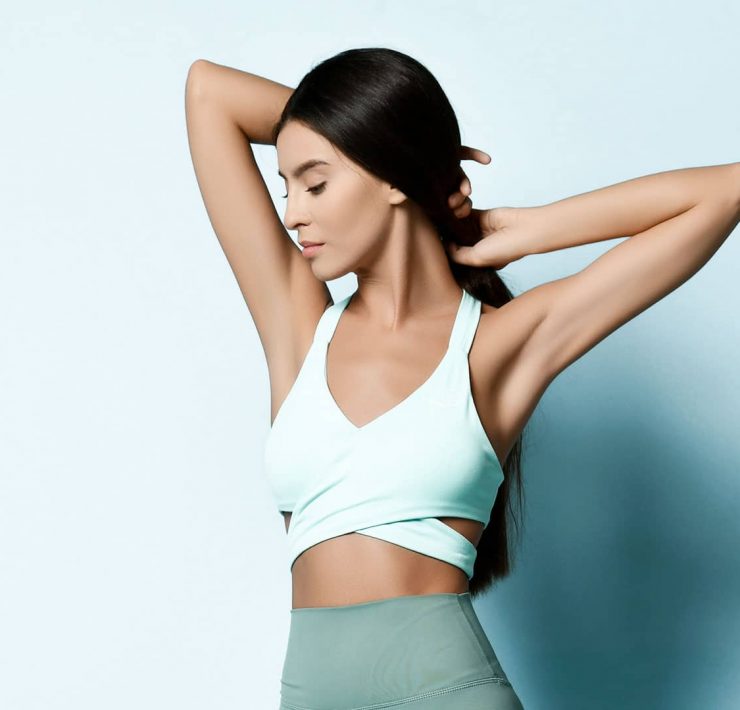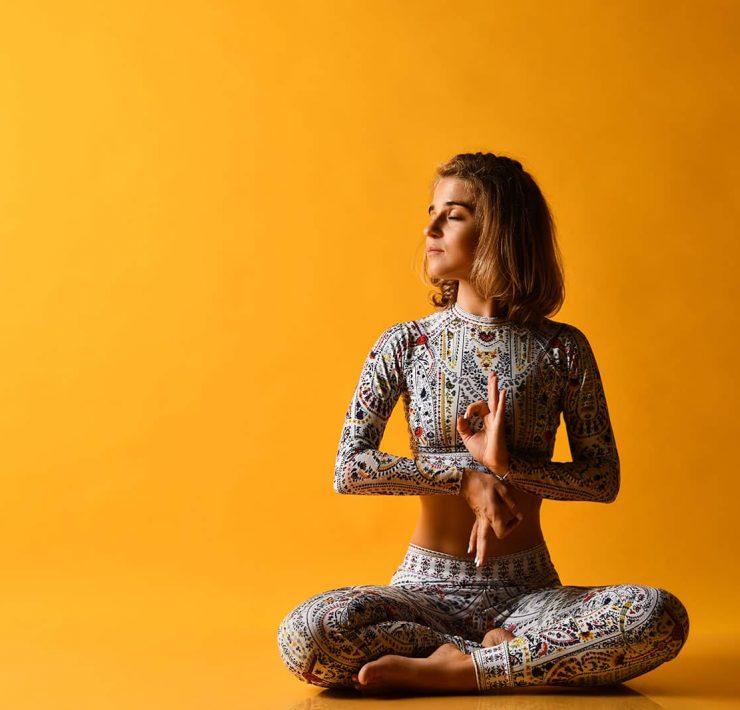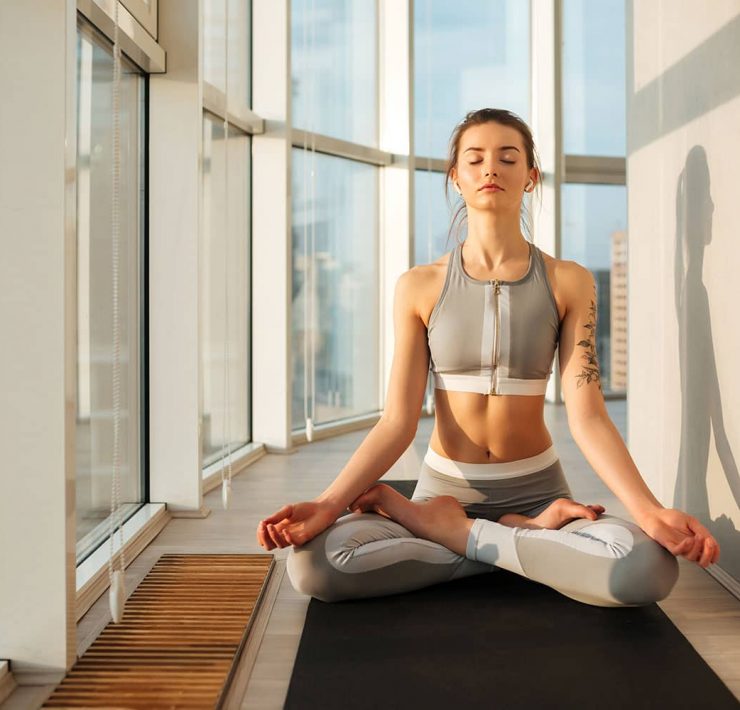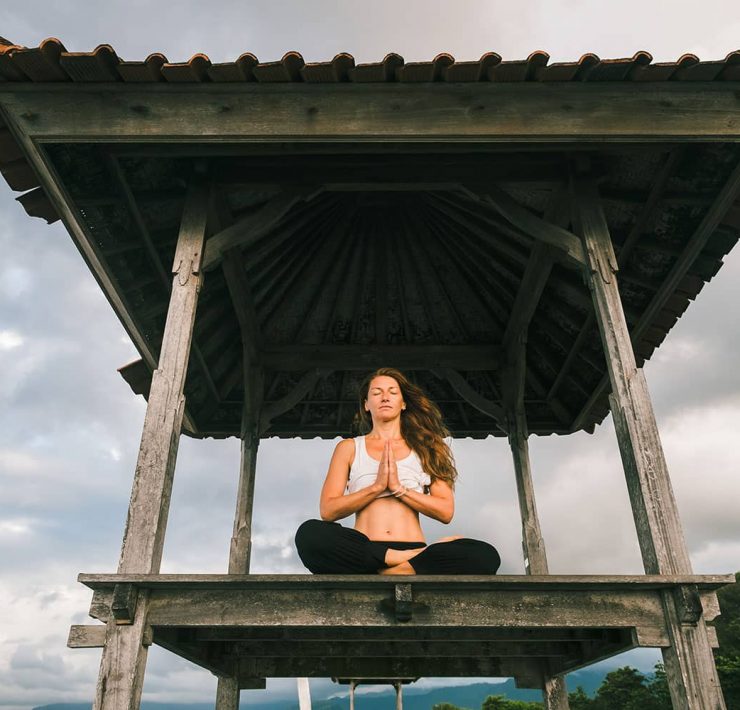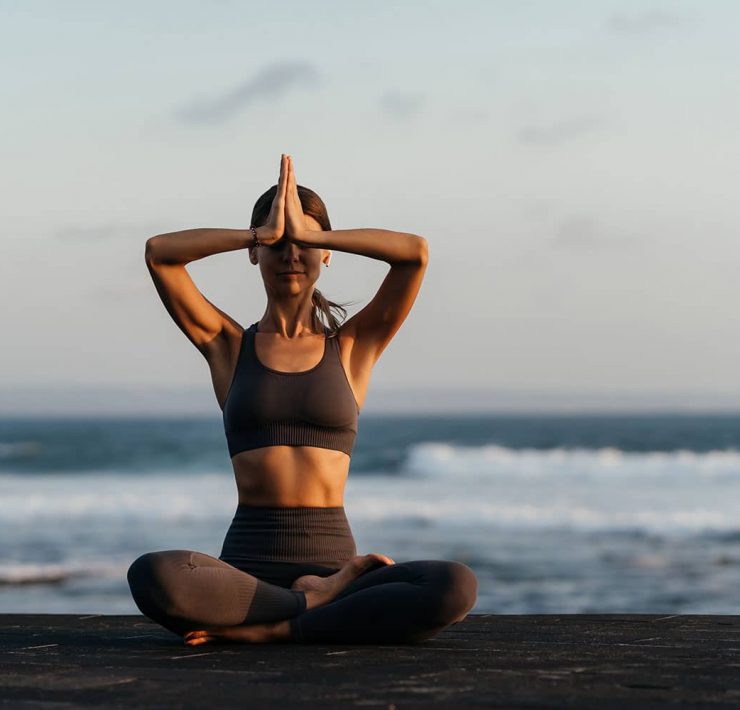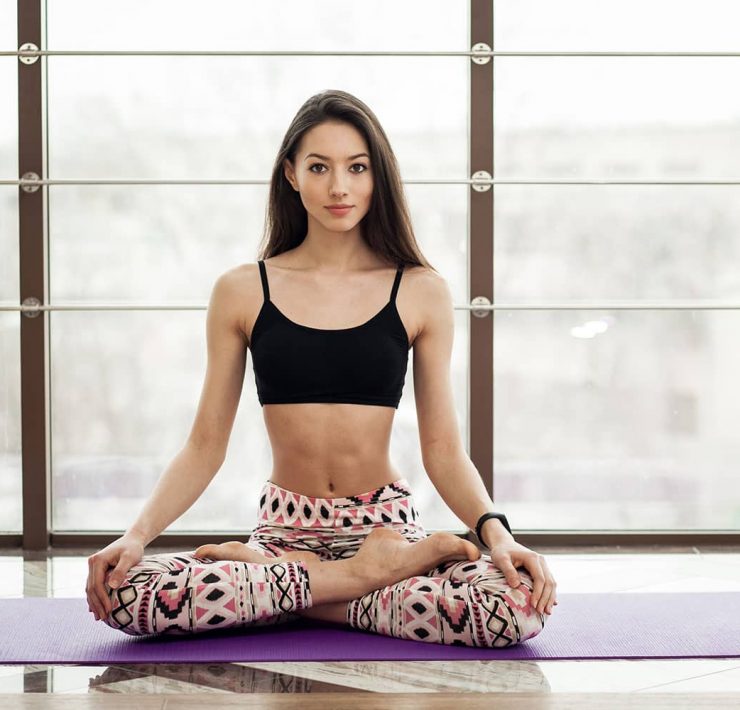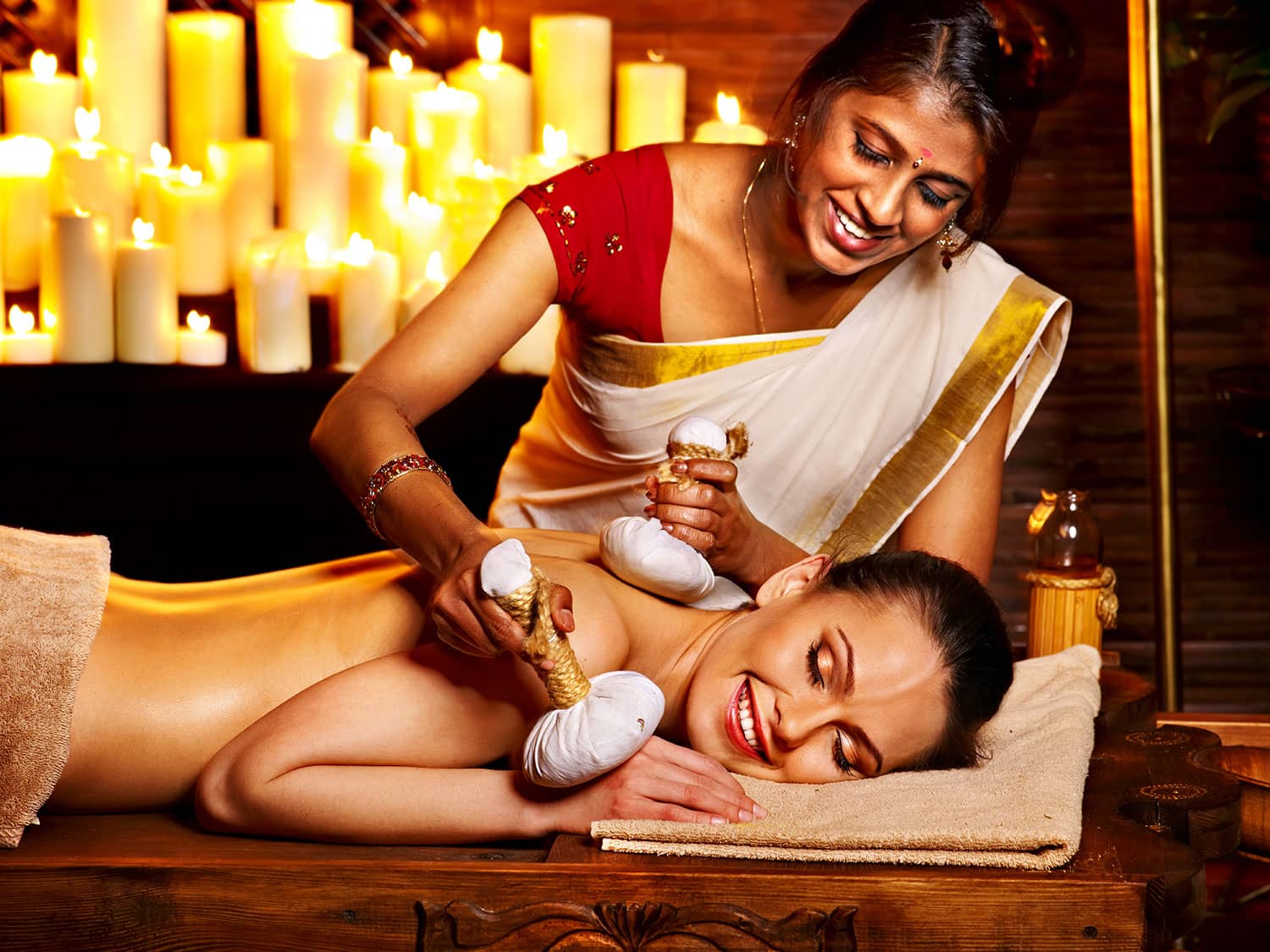
Susan views the world through a lens of spirituality, health,…
Many people go to the spa for a relaxing massage. But massage can be a tool for healing too. In many eastern traditions, health is seen as a holistic science that looks at physical, emotional, and spiritual balance. In addition to prescribing traditional remedies such as herbs for various ailments, other practices, like massage are also part of a whole body and spirit well-being program for overall health.
In India, Ayurveda is the traditional healing system which is a sister science to yoga. It does not simply diagnose an illness based on symptoms and slap on a band-aid or prescribe a pill. Ayurveda takes into account your entire constitution and lifestyle to figure out what is causing imbalances in your system which lead to disease.
In addition to herbs and other remedies, Ayurvedic practitioners will also prescribe exercises, which may or may not include yoga asana, dietary guidelines, and even specific types of Ayurvedic massages based on what you need.
In Ayurveda, massage is treated as a process that addresses the body and soul physically, emotionally and spiritually. Going to an Ayurvedic massage may be a completely different experience from what you might be used to at the spa. Here’s everything you need to know before you go to your first appointment.
Origins of Ayurveda
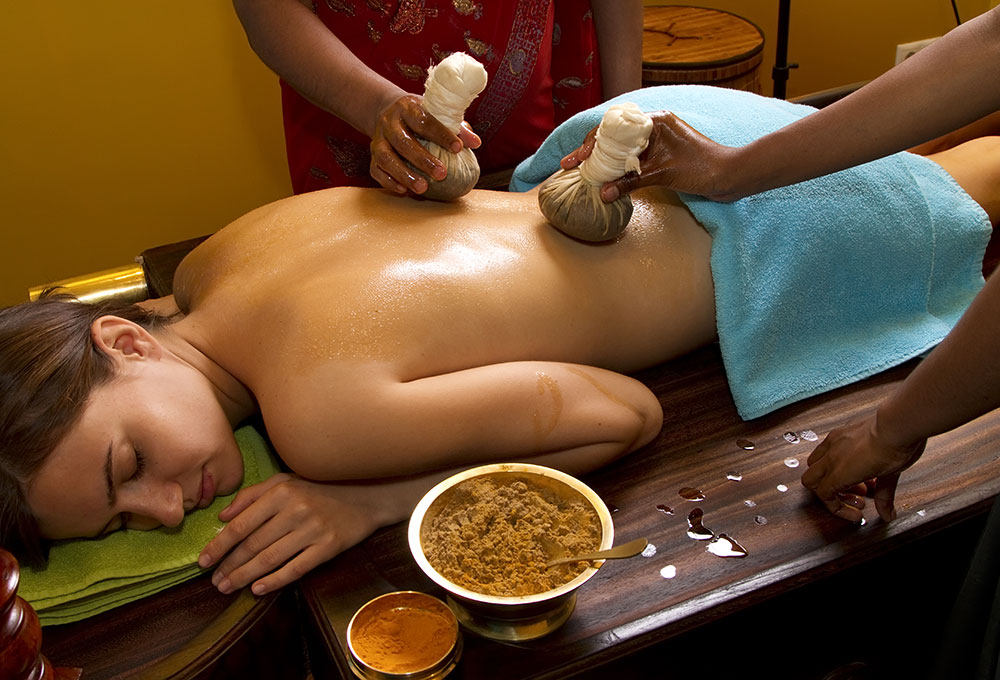
The traditional healing science of India, known as Ayurveda, can be traced back to at least 3,000 years.
Central to the philosophy behind this ancient medical system is the belief that everything is made up of a combination of the five elements: earth, air, fire, water, and ether.
Of these elements, air, fire, and earth with water, called vata, pitta, and kapha respectively, make up your ayurvedic constitution, or dosha.
Whichever element is more dominant in your system can determine your physique, activity level, personality, and certain illnesses you may be more prone to get. Most people are a combination of two doshas. Here is an overview of personalities who are dominated by a particular dosha:
Vata Dominance
- Slender or bony physique and do not put on weight easily
- Dry skin and prone to dehydration problems
- Produce very little sweat
- Irregular appetite; tend to overeat; need snacks to stay energized
- Energy comes in bursts
- Have strong initiative for work but tend to take on more projects than they can finish
- Difficulties in sticking to a routine or regular schedule
- Restless and emotionally irregular
- Drawn to spiritual growth and self-development
Pitta Dominance
- Average frame with toned muscles
- Efficient metabolism with evenly distributed weight
- Tend to have a faster pulse
- Prone to acne, bleeding gums, inflammation, and digestive issues
- Irritable when hungry
- Enjoy hard exercise and competition-based sports
- Intense dreams
- Practical and meet work deadlines
- May be intense and quick-tempered
- Possess good leadership qualities but may also be overconfident and egoistical
Kapha Dominance
- Bigger bodies and prone to slower, sluggish movements
- Do not experience intense hunger and fasting comes easily
- Low energy levels and not easily motivated to exercise
- Yoga practice is more for fitness rather than a spiritual pursuit
- Slow, methodical, reliable workers
- Make friends for life
- Calm, serious, and find value in safety and security
- Nostalgic and sentimental
An Ayurvedic practitioner will be able to properly diagnose which combination of these three doshas you are made up of and suggest which kind of Ayurvedic massage is best suited for you.
The Benefits of Ayurvedic Massage
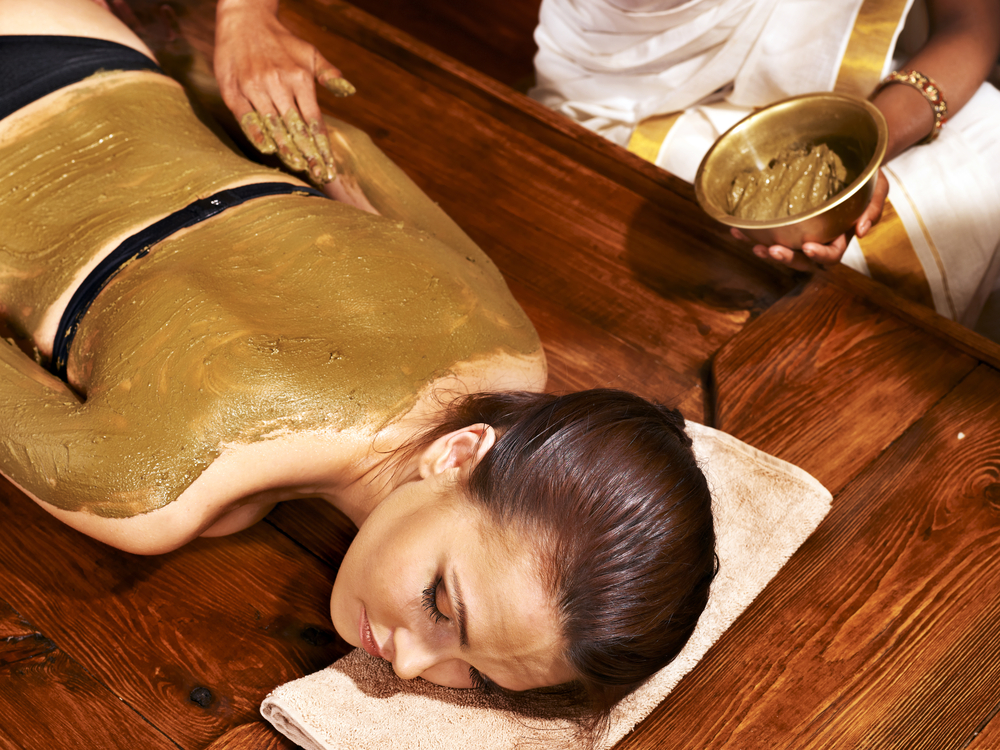
The fact that Ayurveda is a science that has survived for thousands of years proves that it works. In modern times, scientific research is also backing up the benefits of Ayurvedic treatments such as massage.
Here are just some of the benefits of getting regular Ayurvedic massage and treatments:
- Stress reduction and lower levels of anxiety and depression, especially in depressed pregnant women and mothers
- Improvement in head holding for children with cerebral palsy
- Reduction in burning sensations for patients with diabetic neuropathy
- Weight gain for babies with low birth weight
- Reduction in systolic blood pressure, diastolic blood pressure, pulse rate and respiratory rate
- Knee pain reduced for osteoarthritis patients
- Improvement In hemiplegia, muscular dystrophy, and menopausal sleep disturbances
- Reduction of migraine frequency
- Reduction of inflammation from exercise-induced muscle damage
- Chronic back pain relief
When Not To Get An Ayurvedic Massage
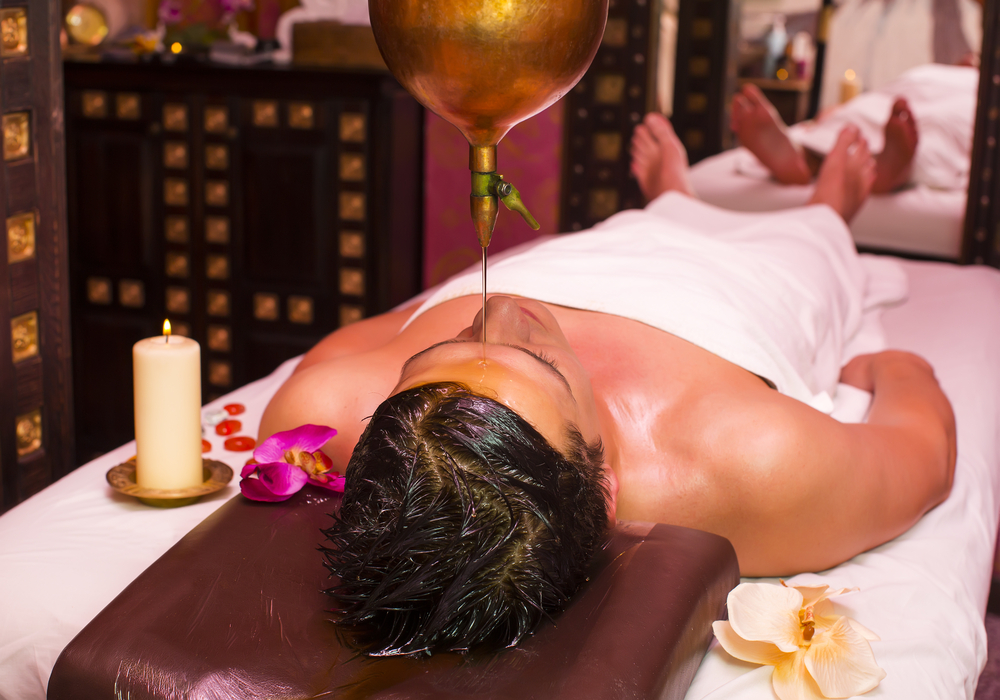
There are certain situations when the warm oils and energetic manipulations of an Ayurvedic massage may not be appropriate. In Ayurveda, even medicinal herbs can be your poison if taken in excess.
Here are instances when it’s best to re-book your Ayurvedic massage appointment:
- You have a fever
- You have just eaten a heavy meal
- You are constipated or have slow digestion issues
- You are a woman on her period
- You are pregnant
- You just completed other Ayurvedic detoxes like emetic or basti
In these instances, your Ayurvedic practitioner can recommend other practices to solve your issue or suggest a more appropriate time for your massage.
10 Things To Expect At An Ayurvedic Massage
1. You Don’t Choose Your Massage – It is Prescribed By An Ayurvedic Practitioner
Unlike other popular styles of massage which can be picked from a selection of services at a spa, Ayurvedic massage must correspond to your specific dosha needs and possible imbalances that need to be addressed.
Because of this, arrive 15-20 minutes early to give ample time for your dosha consultation. This may comprise of a multiple choice questionnaire, some direct questions from the Ayurvedic practitioner, and a quick “physical exam” which only requires the practitioner to look at your eyes, your tongue, and to check your pulse.
2. Some Ayurvedic Treatment Centers Will Request Your Medical Records

But if you don’t feel comfortable disclosing your medical history, you don’t need to bring these with you.
It is normal to share any recent illnesses, injuries, and chronic issues with your massage therapist so they can best help you.
3. Everything is Tailored to Your Dosha
Depending on the findings of your dosha consultation, various treatments will be suggested to you. Some massage strokes are designed to heat up your body so they are not recommended for those with a pitta dominant constitution.
Also, different oils have either cooling or heating effects on your body, so even the oils used for your treatment will be specifically tailored to you.
Here are some of the most common treatments you may come across, depending on your dosha.
Abhyanga massage – Good for pacifying: Vata; Pitta
Abhyanga is almost used synonymously with Ayurvedic massage but it’s actually just one of the treatments available in Ayurvedic healing. It uses warm oil all over your body to energize the prana in your system to detoxify you and bring back general well-being.
Shirodhara massage – Good for pacifying: Vata; Pitta
Shirodhara massage is best known for its calming effects on a compromised nervous system. During this treatment, warm oil will be continuously poured on your forehead on your “ajna marma,” or third eye energy point, where nerves are highly concentrated.
Marma therapy – Good for pacifying: Vata; Pitta
Marma point therapy helps to sustain the energy flow of prana throughout your body. It works at the level of raw prana to cleanse blockages and maintain health. According to Ayurvedic science, there are 107 marma points throughout your body which a trained Ayurvedic Marma Point Therapist is able to utilize to give physical and psychological strength and relaxation.
Swedana massage – Good for pacifying: Vata; Kapha
Swedana is a main treatment used in Pancha Karma which is an intense, multi-day detoxification, fasting, and cleansing therapy in Ayurveda. It is a traditional steam therapy used to open pores in your tissues so deep seeded toxins can be released. Herbal decoctions are also used in the steam.
Garshana massage – Good for pacifying: Pitta; Kapha
Garshana is a dry brushing technique to remove dry and dead cells from the surface of your body. This stimulates your lymphatic and circulatory systems and invigorates your skin. This can be followed up by a series of how and cold showers to further stimulate your system.
Vishesh massage – Good for pacifying: Pitta; Kapha
Vishesh massage is the most similar to deep tissue massages that you might be familiar with like Swedish massage, but Vishesh is known to use even stronger pressure. This massage increases blood flow, relieves muscle tension, and improves recovery and joint mobilization.
Udvartana massage – Good for pacifying: Kapha
Udvartana massage is a therapy that uses triphala powder to brush all over your body. Strokes are done in an upwards motion, opposite to the direction of your hair growth. There are two types of Udvartana:
Snigadh turns the triphala powder into a paste and is suitable for those with sensitive skin.
Ruksha keeps the powder in dry, rough form which helps exfoliation.
4. Lots of Oil Will Be Used
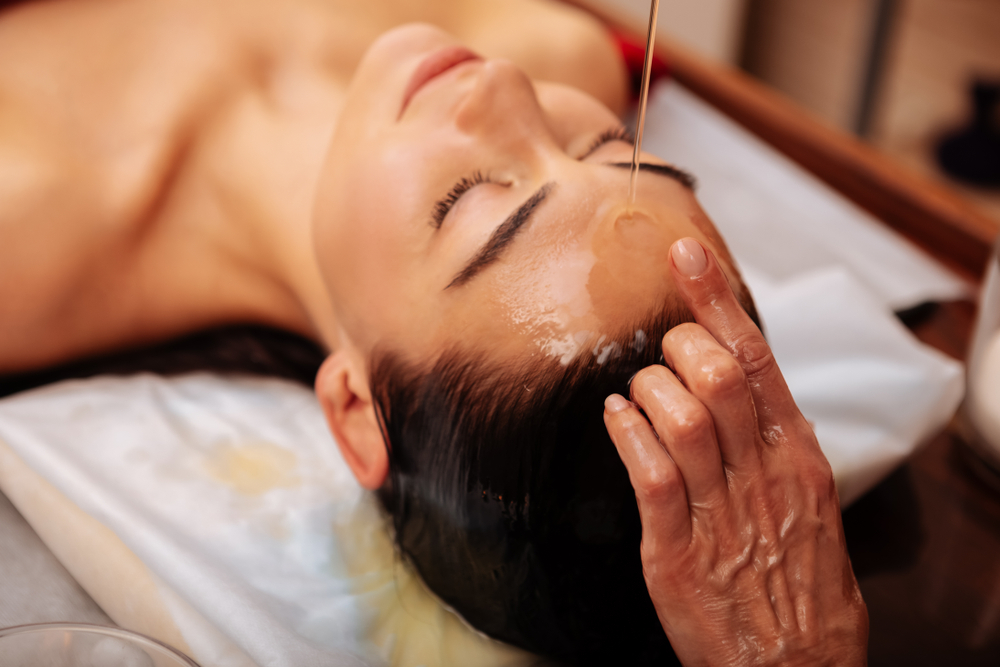
Oil is very important in Ayurveda. Depending on your treatment, warmed oil may be applied on your entire body – including head and hair. Sometimes, the oil may even be placed on your body for extended periods of time in a clay vessel formed directly on your skin.
These are some suggested oils for your dosha:
Vata
Dry vata skin types will benefit from the moisturizing and hydrating benefits of sesame, avocado, or almond oil.
Pitta
Pitta skin types with overheated and sensitive skin will enjoy the cooling effects of oils like coconut, sunflower, castor, or even ghee (clarified butter).
Kapha
Stimulating oils like mustard or light oils such as flaxseed, sunflower, or colza are best for Kapha dominant doshas.
Just relax and allow your body to take in all the benefits of these oils.
5. Take a Languid Shower After Your Ayurvedic Treatment
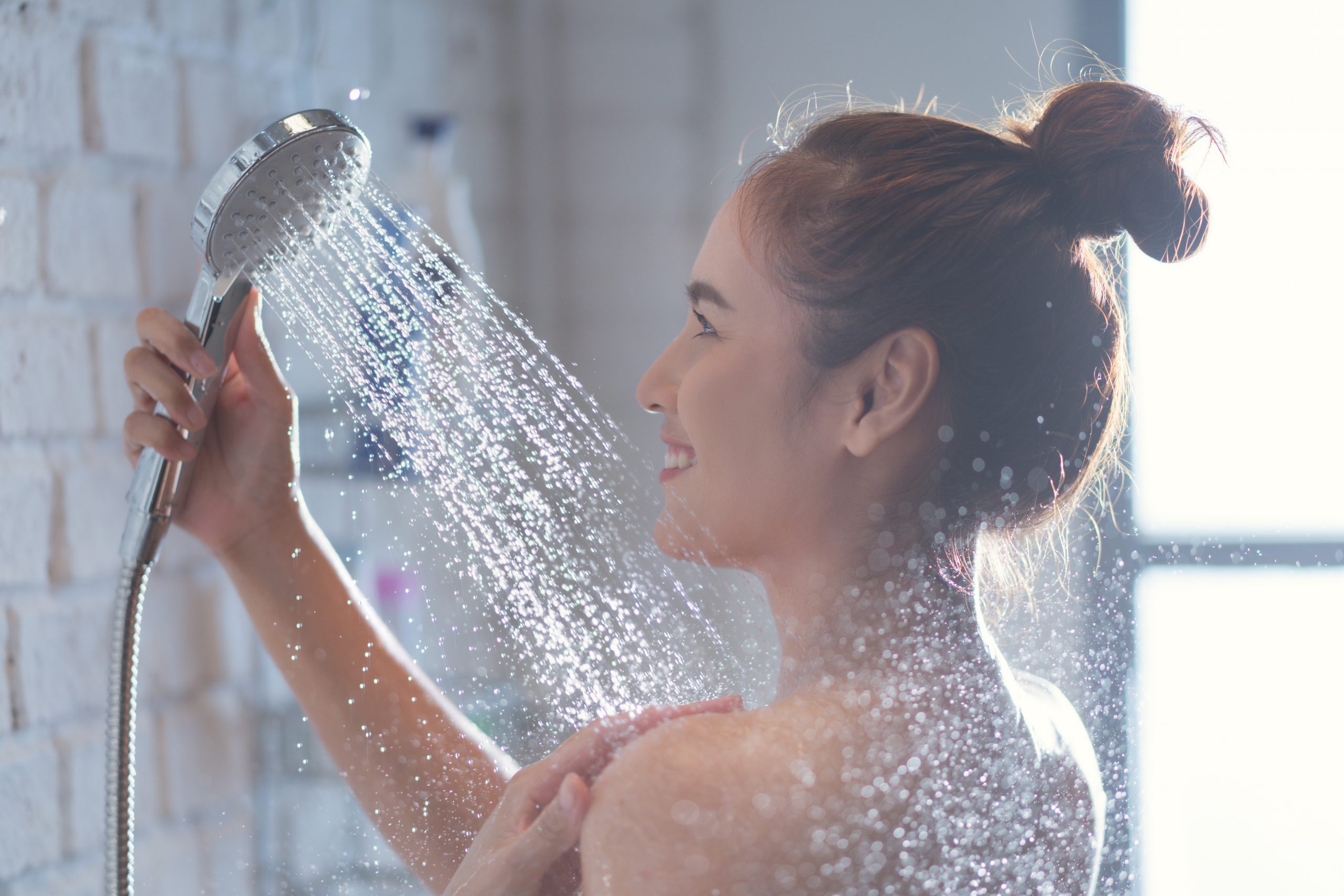
Ideally, the hours after the massage should be slow and relaxed as possible to let the body absorb as much of the oils as possible. If you must take a shower, make it a weak one so you don’t wash away too much of the oils which your body can still absorb.
6. Treatments Are More Focused On Manipulating Energy Fields
Some treatments may resemble conventional massages that you’re used to getting at a spa. But most Ayurvedic massages are composed of lighter strokes which are designed to encourage detoxification and movement in your meridians.
Take in everything with an open mind and just know that you’ll feel great afterwards.
7. You May be Given Food and Exercise Tips
Ayurveda is a holistic traditional medicine system that takes into account your entire lifestyle. So in addition to massage and dietary guidelines, you may also be given recommendations on the types of exercise and activities to do based on your dosha for overall health.
Kapha-dominant people will benefit best from a high-energy regular workout. While people who are already fiery with a pitta dosha may benefit most from a more cooling Yin Yoga practice. Vata dosha types will benefit from a grounding Hatha Yoga session on a regular basis.
8. Drink Lots of Water After Your Session
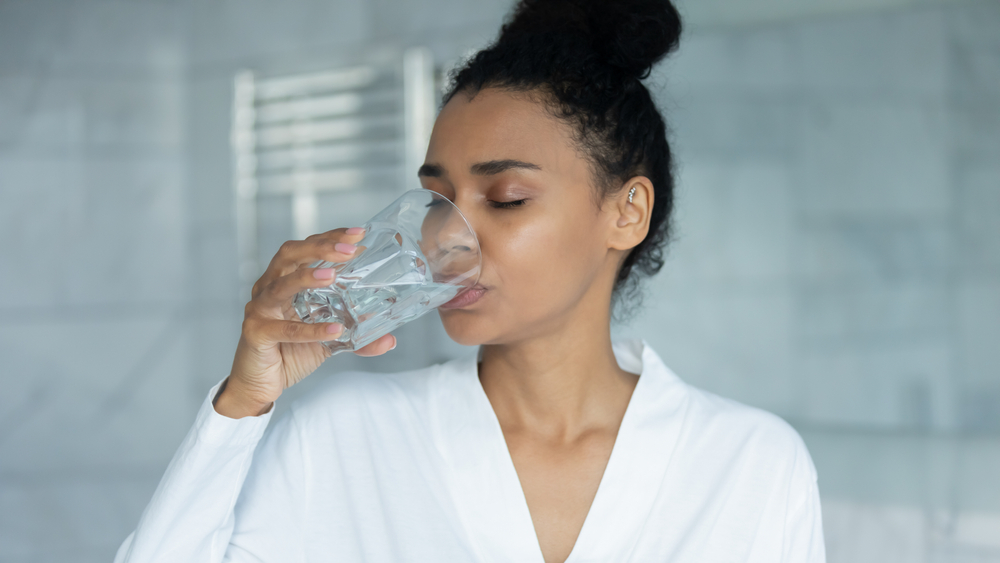
You may feel dehydrated after your Ayurvedic massage treatment, especially with all the work centered around detoxification and rebalancing your system. So hydrate yourself with room temperature water or a refreshing drink.
9. Your Dosha Dominance May Shift
You are born with a certain combination of doshas. But events in your life, your age, and other circumstances may cause you to shift towards other doshas or excess and blockages in your natural doshas.
Proper assessment of your dosha by an Ayurvedic practitioner will help you understand your constitution better and help you make choices in your lifestyle that are better suited for you based on the science of Ayurveda.
10. It’s a Long-Term Commitment
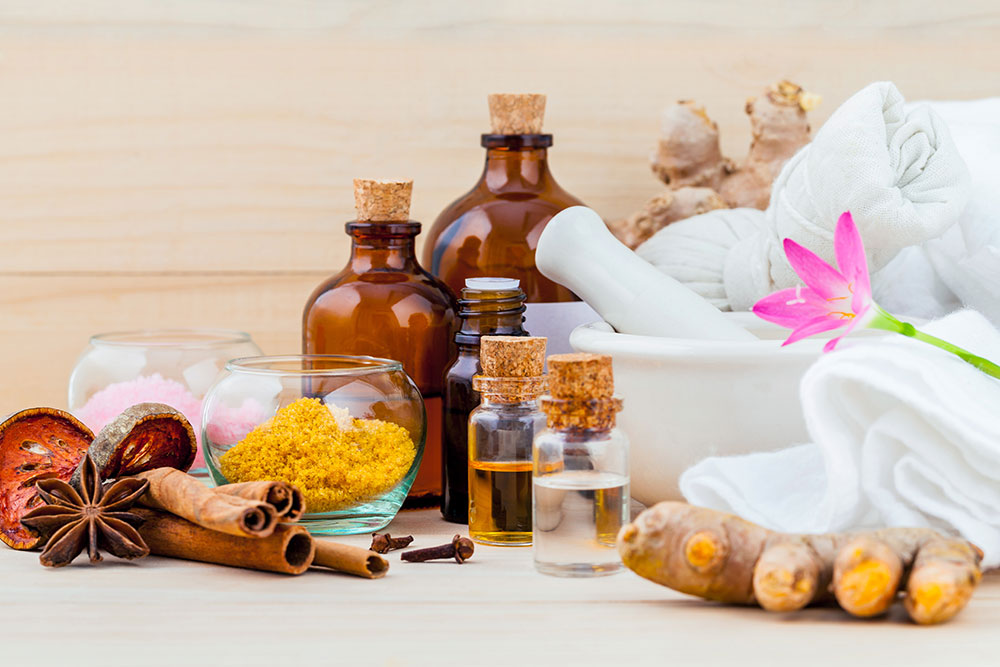
Ayurvedic massages are not just treatments you get when you feel like you want a treat at the spa. They are part of an overall health program which can sometimes take weeks to complete. In many traditional healing systems, massages are prescribed at least once or twice a week to keep the energy flow in your subtle anatomy in check.
Conclusion

There are so many treatments available when you want to get an Ayurvedic massage. It’s best to consult a licensed Ayurvedic practitioner to get an accurate assessment of your dosha and where you may be currently experiencing imbalances.
Your Ayurvedic massage treatment can range from a number of techniques that may use oils, dry powders, herbal steam baths, and other therapies that have been used for thousands of years in this ancient healing system.
It may not be like your typical spa massage experience, but you will come away with a better view of your overall health and well-being.
What's Your Reaction?
Susan views the world through a lens of spirituality, health, and compassion. Her positive outlook on life shines through her writing, which is heavily focused on yogic living, meditation, and conscious eating.






